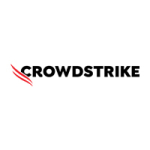
SentinelOne Software and Solutions
SentinelOne Singularity Complete
202 reviews
47 discussions

SentinelOne Singularity Cloud Security
113 reviews
18 discussions

SentinelOne Singularity Identity
22 reviews
27 discussions

SentinelOne Singularity Hologram
1 review
13 discussions























